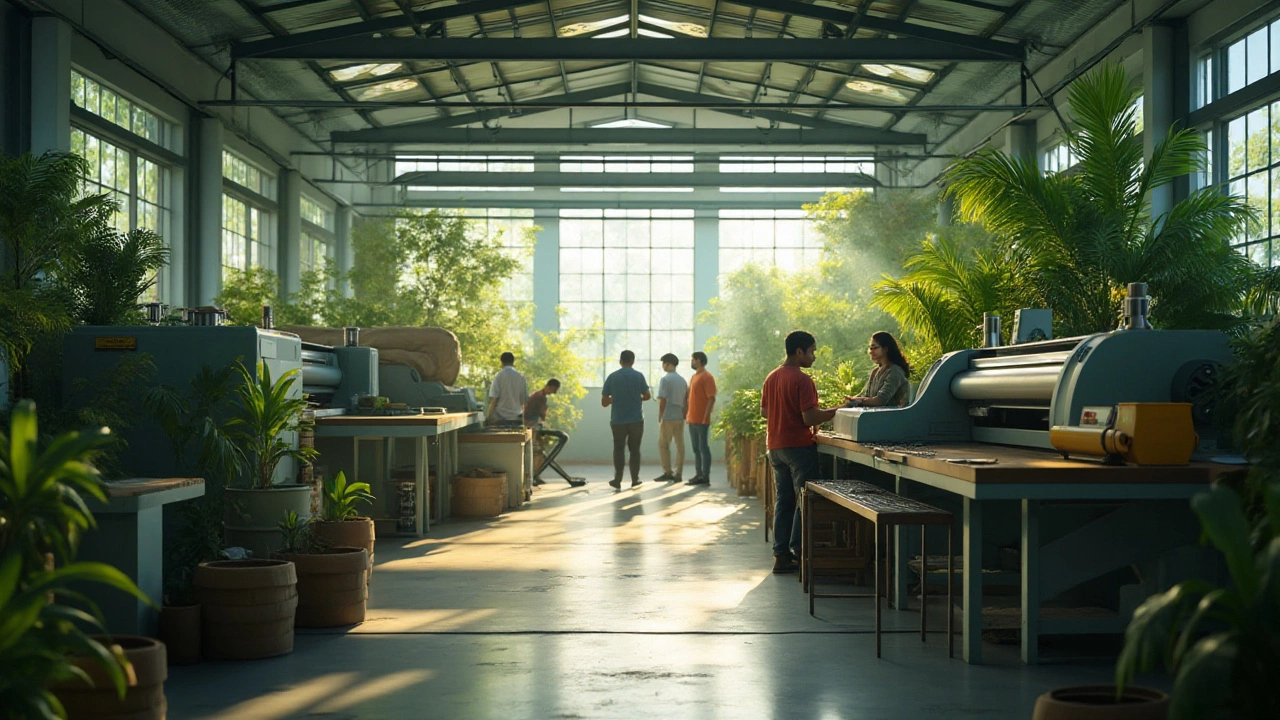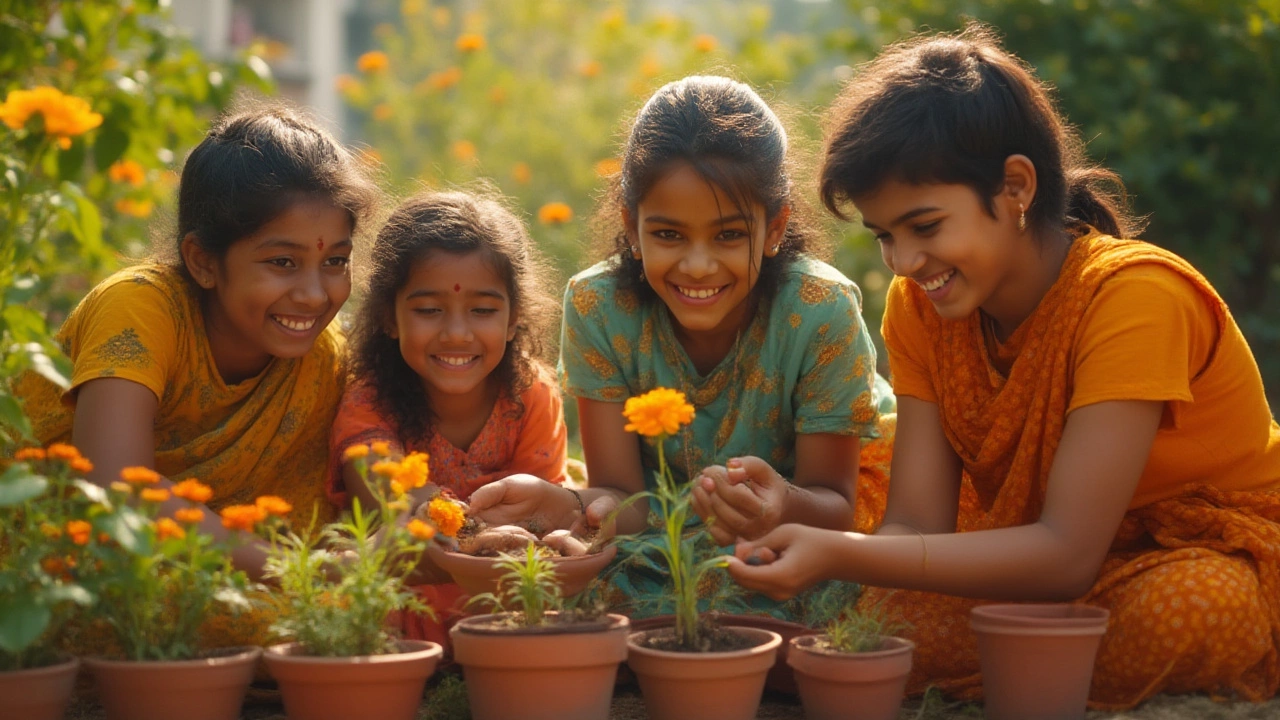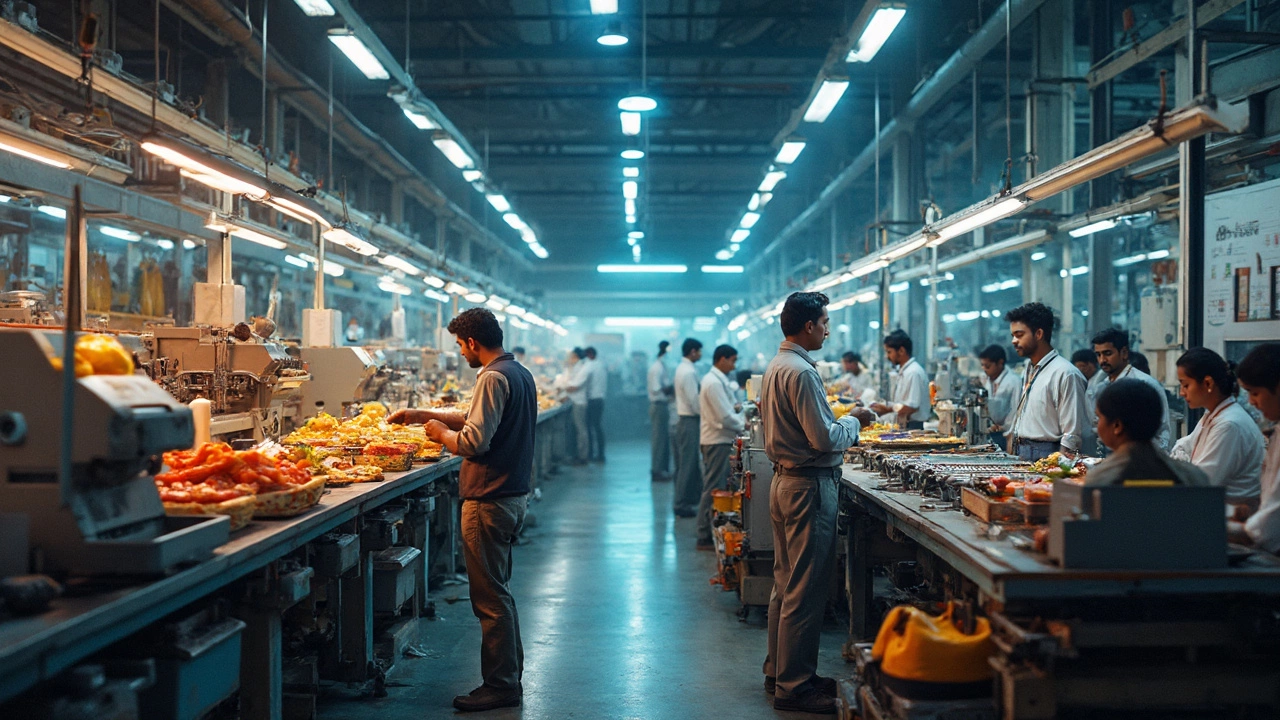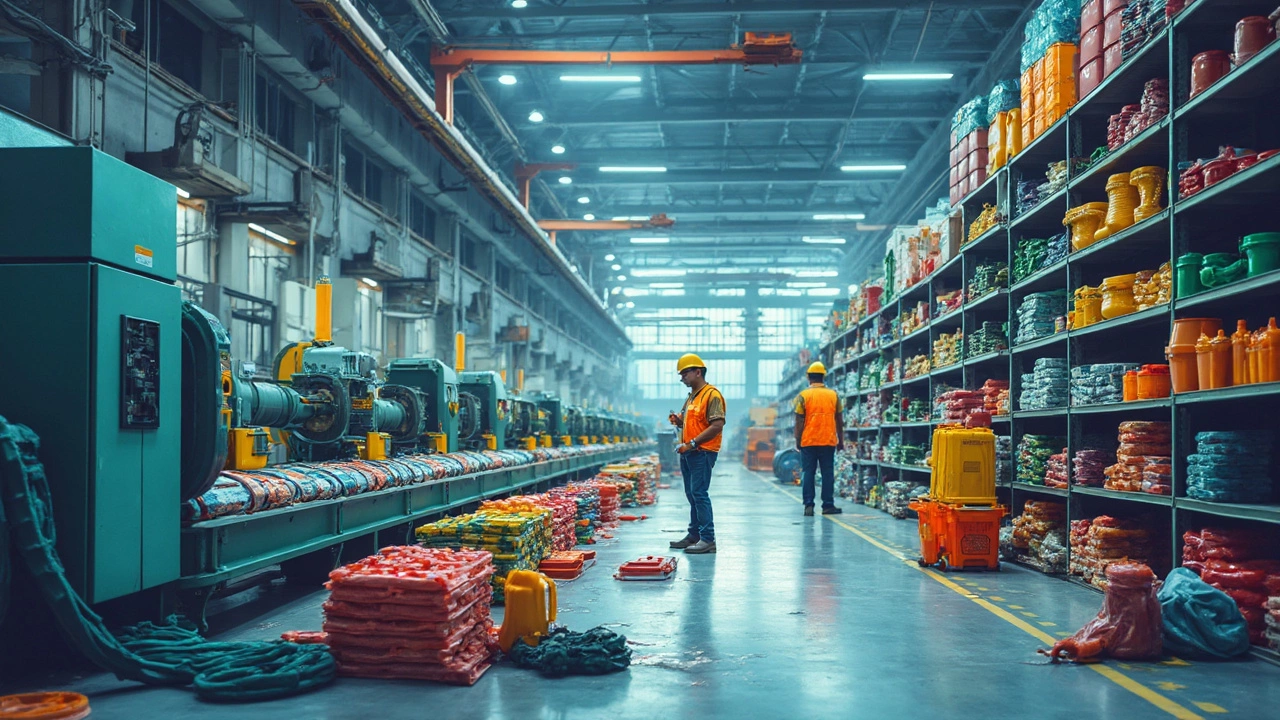Environment: Practical Guides for a Greener Future
When working with environment, the natural and built surroundings that shape climate, ecosystems and human wellbeing. Also known as ecosystem health, it touches every part of our daily lives. Water conservation, the practice of using water efficiently to reduce waste and protect resources and soil health, the condition of soil that supports plant growth, biodiversity and carbon storage are two pillars that keep the environment thriving. Understanding how these pieces fit together lets you make smarter choices at home, in the garden or at work.
Why Water Conservation and Soil Health Matter
Environment requires effective water management because fresh water is a finite resource. When you capture rain, fix leaks, or install drip irrigation, you lower demand on rivers and reservoirs. At the same time, healthy soil acts like a sponge, holding water longer and reducing runoff. This simple relationship—environment requires water conservation and environment depends on soil health—means a single change can improve both. For example, adding organic mulch not only protects plants from heat but also slows evaporation, giving roots more time to drink.
Another key player is waste reduction. By minimizing plastic use, composting kitchen scraps, and choosing reusable items, you cut the amount of trash that ends up in landfills or oceans. This directly lessens pollution, which is a major stressor for both water bodies and soil microbes. In short, waste reduction influences environment by preserving the quality of the air we breathe, the water we drink, and the ground we plant on.
Sustainable manufacturing ties the conversation back to industry. Factories that adopt energy‑efficient equipment, recycle water, and use recycled plastics lower their carbon footprint. When manufacturers shift to greener practices, they reduce emissions that would otherwise degrade air quality and accelerate climate change—another direct impact on the environment. So, sustainable manufacturing influences environment by keeping industrial growth in balance with ecological limits.
All these threads—water, soil, waste, and industry—form a network of cause and effect. Recognizing the links helps you prioritize actions that deliver the biggest payoff. Want to boost water efficiency? Start by testing soil moisture and adjusting irrigation. Looking to cut waste? Switch to reusable containers and compost organic waste. Thinking about larger‑scale change? Support brands that publish their sustainability reports and use recycled materials.
The posts below dive into each of these topics with real‑world tips you can apply right now. Whether you’re a city dweller learning how to water a balcony garden, a farmer curious about soil rejuvenation, or a professional exploring greener manufacturing processes, you’ll find step‑by‑step guides, data‑driven insights and practical checklists. Each article is written for readers who want clear, actionable information without the fluff.
Browse the collection to discover how to set a sensible watering schedule for container plants, learn why no‑till gardening boosts soil microbes, explore the demand for recycled plastics in 2025, and see how manufacturing jobs can drive local economies while protecting the planet. The range of topics reflects the many ways the environment touches our lives, and each piece adds a piece to the puzzle of sustainable living.
Ready to get hands‑on? The articles ahead give you the knowledge and tools to make a real difference, whether you’re tending a backyard garden or shaping industrial policy. Dive in and start turning good intentions into tangible results.
The Future of Plastic: When Will It Disappear?
The journey towards a plastic-free world is a complex mix of innovation, regulation, and cultural shifts. Plastic manufacturing companies are facing increased pressure to adapt to more sustainable practices. Despite the convenience of plastics, their environmental impact is pushing industries to explore alternative materials and improved recycling processes. Understanding the timeline for reducing plastic waste involves looking at advancements in biodegradable plastics and global policy changes. This article delves into when and how plastic manufacturing might shift to a more environmentally friendly model.
- manufacturing
- India
- food processing
- garden tips
- rice cultivation
- government schemes
- balcony garden
- urban gardening
- balcony gardening
- profitable business
- business ideas
- plastic manufacturing
- drip irrigation
- plant care
- steel manufacturing
- sustainable gardening
- startup ideas
- steel industry
- flower gardening
- textile manufacturers






